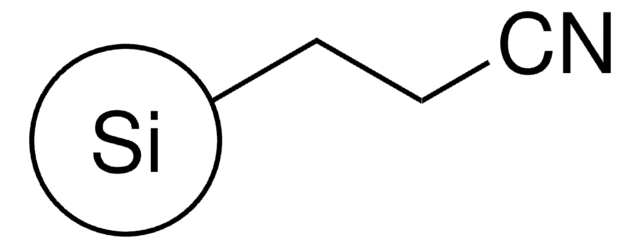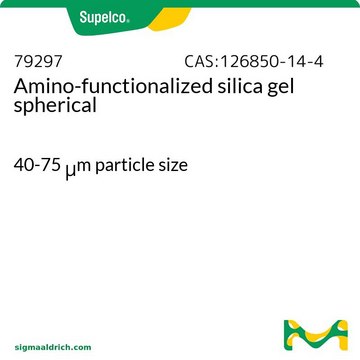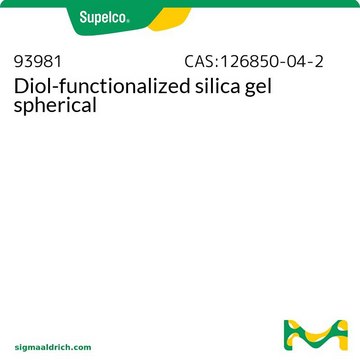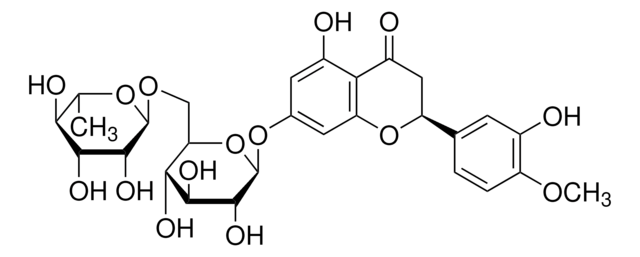569232-U
Discovery® C18 (5 µm) HPLC Columns
L × I.D. 12.5 cm × 4.6 mm, HPLC Column
Synonym(s):
Discovery RP18 HPLC Column
Select a Size
CN¥650.82
Available to ship onApril 14, 2025Details
Select a Size
About This Item
CN¥650.82
Available to ship onApril 14, 2025Details
Recommended Products
Product Name
Discovery® C18 HPLC Column, 5 μm particle size, L × I.D. 12.5 cm × 4.6 mm
material
stainless steel column
Agency
suitable for USP L1
product line
Discovery®
feature
endcapped
manufacturer/tradename
Discovery®
packaging
1 ea of
extent of labeling
12% Carbon loading
parameter
≤70 °C temp. range
400 bar pressure (5801 psi)
technique(s)
HPLC: suitable
LC/MS: suitable
Looking for similar products? Visit Product Comparison Guide
Related Categories
1 of 4
This Item | S8761 | PHR3591 | 31437M |
|---|---|---|---|
| assay 99.5-100.5% | assay - | assay - | assay ≥99.7% |
| solubility water: soluble 100 mg/mL | solubility - | solubility - | solubility H2O: 0.5 g/10 mL, clear, colorless, water: soluble 50 g/L |
| Quality Level 300 | Quality Level 400 | Quality Level 300 | Quality Level - |
| grade for molecular biology | grade - | grade certified reference material, pharmaceutical secondary standard | grade ACS reagent, puriss. p.a. |
| pH 6.8-7.4 | pH 7.8-8.2 | pH - | pH ≤8.6 (20 °C, 5%) |
General description
Application
- Rat Pharmacokinetics and In Vitro Metabolite Identification of KM-819, a Parkinson′s Disease Candidate, Using LC-MS/MS and LC-HRMS.: This study underscores the utility of theDiscovery® C18 HPLC Column in pharmacokinetic profiling and metabolite identification of a novel therapeutic agent, demonstrating its critical role in the development of Parkinson′s disease treatments (Choi et al., 2024).
- Determination of 2,4-dimethylhydroxybenzene by chromatographic methods in forensic toxicological research of biological material.: Highlights the application of the Discovery® C18 HPLC Column in forensic toxicology, enhancing the detection and quantification of toxic substances within biological samples, vital for legal and medical investigations (Chernova et al., 2024).
- High-throughput microfluidic chip with silica gel-C18 channels for cyclotide separation.: Illustrates the integration of the Discovery® C18 HPLC Column in a microfluidic setting for efficient and high-throughput separation of cyclotides, offering advancements in peptide and protein analysis (Ebrahimi et al., 2023).
- Priestia megaterium Metabolism: Isolation, Identification of Naringenin Analogues and Genes Elevated Associated with Nanoparticle Intervention.: This research utilizes the Discovery® C18 HPLC Column for the advanced study of microbial metabolism under nanoparticle intervention, pushing the boundaries of biotechnological and pharmaceutical research (Al-Theyab et al., 2023).
- A practical strategy enabling more reliable identification of ginsenosides from Panax quinquefolius flower by dimension-enhanced liquid chromatography/mass spectrometry and quantitative structure-retention relationship-based retention behavior prediction.: Demonstrates the versatility of the Discovery® C18 HPLC Column in complex botanical analyses, particularly in enhancing the reliability of ginsenoside identification, crucial for the development of herbal medicinal products (Sun et al., 2023).
Features and Benefits
- Excellent reproducibility
- Exceptional peak shape for basic and acidic analytes
- Stable, low-bleed LC-MS separations
- Separation of peptides and small proteins
- Lower hydrophobicity than many comparable C18 columns, providing faster analysis
Legal Information
guard cartridge
Choose from one of the most recent versions:
Already Own This Product?
Find documentation for the products that you have recently purchased in the Document Library.
Related Content
Discovery C18 and C8 HPLC Columns products offered
Our team of scientists has experience in all areas of research including Life Science, Material Science, Chemical Synthesis, Chromatography, Analytical and many others.
Contact Technical Service









